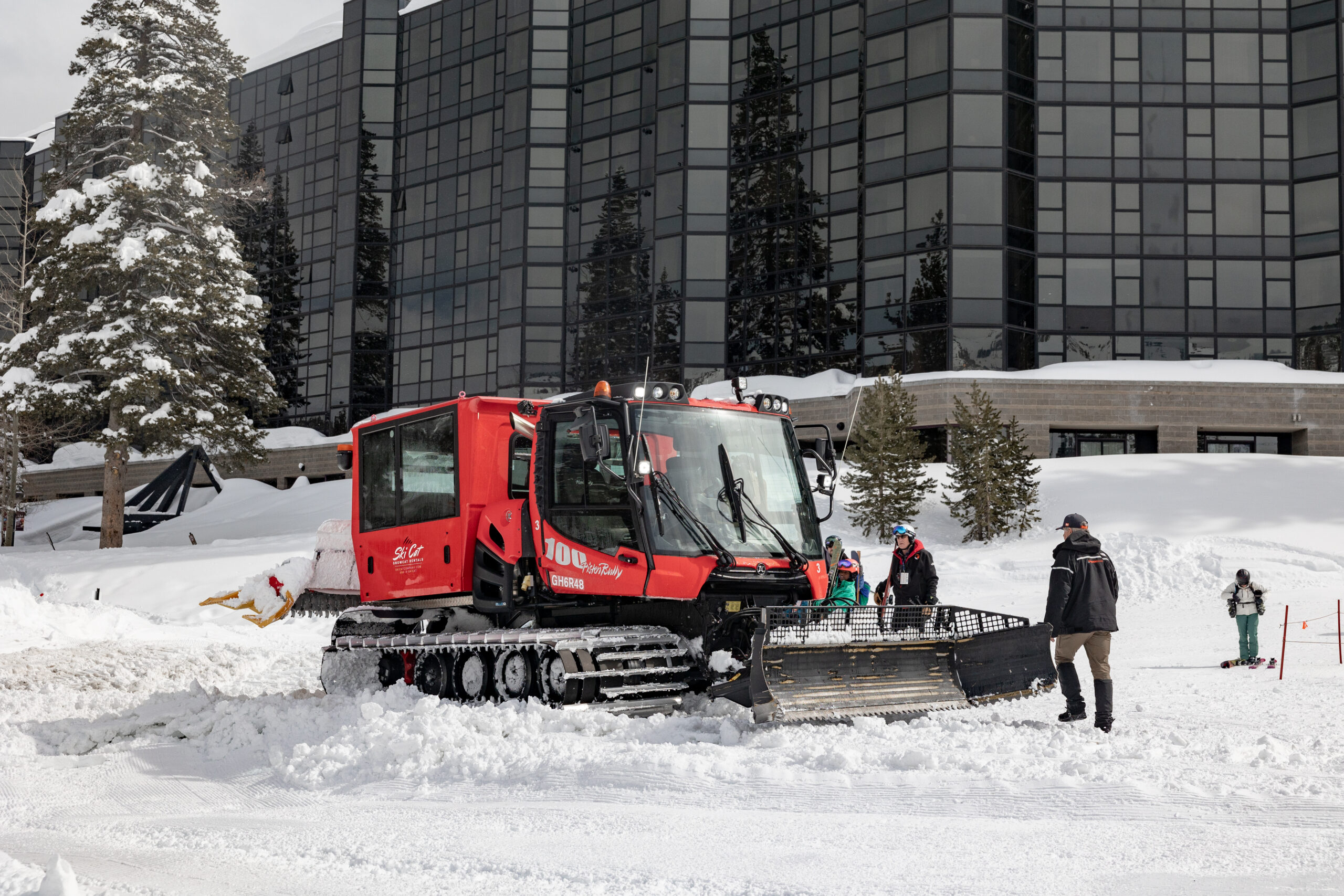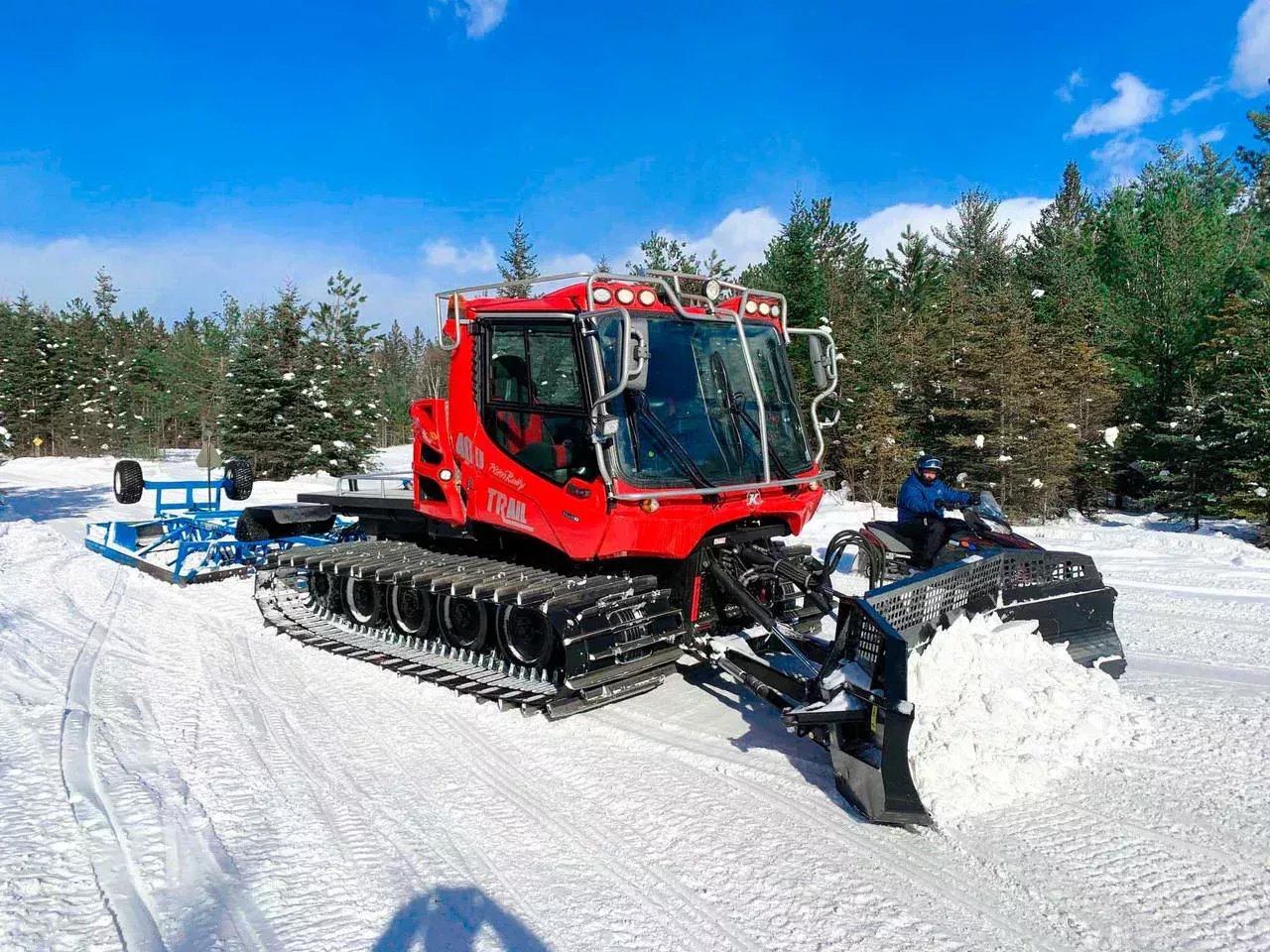LEASING / RENTAL
Renting a Snowcat From Ski Cat Company
If you are in the market for a snowcat, consider leasing as a low-cost alternative to purchasing a new or used one. Renting offers a form of exclusive use for your purpose and a set period – but lacks the upfront purchase cost and the cost of repairs, and maintenance. At Ski Cat Company, we proudly offer the PistenBully brand of snowcats, for seasonal rentals. Follow the link for a simple calculator to compare the cost of Purchasing and interest / lost investing opportunity with the cost of renting.

Reasons to Consider Renting a Snowcat
The choice to rent vs. purchase is mostly a financial choice and it relates to your demand and where else you can employ your capital. If your demand is greater than 1000 hours per season, Purchasing is likely to be more cost effective. If you can employ your money for other things such as marketing or other assets that increase your revenue, then renting is more cost effective. A purchase of new or used requires capital upfront. How do you get that – a bank loan or cash on hand? If it’s a loan, what does that loan cost? Financing an asset that depreciates in value is generally considered a very costly financial choice and by the time you have paid off that loan, your asset is greatly diminished in value. Heavy Equipment is worth less each year of ownership and requires costly maintenance. Using cash on hand is also expensive because you have lost the opportunity to invest that cash into something else that has a better return than a depreciating asset. For a simple calculation, you can consider interest expense to be the same as lost opportunity. Try the link to the Purchase vs Rental Calculator to see what a rental will cost vs a puchase over the same period of time.
Advantages of Renting Over Owning
- Capital saved on Day 1 can be reinvested elsewhere to get a higher return than a depreciating heavy equipment asset – what does your money cost or do you earn with it?
- Rental billing is monthly and only for the months of the Rental – Improves business cash flow
- Interest expense on a depreciating asset is a double financial impact, then add maintenance and repairs
- Rental costs are 100% expenseable against taxable income – Purchases are an amortized depreciation schedule, typically 7 years - and depreciation has to be paid back upon sale of the asset
- Scheduled Maintenance and Component Service life is the responsibility of the Lessor not the Lessee – Proper equipment preventative maintenance requires a Summer Service every year using OEM parts
- A Rental allows for configuration changes versus a static purchase configuration
- A Rental eliminates the need for off season storage arrangements – proper storage for a snowcat is indoors away from UV light, vandalism and environmental damage such as pine needles and sap or rodents eating wiring
- Asset disposal is much harder for an owner that isn’t in the business – how are you going to sell it and do you know its worth? Rentals are called off rent at the end of the period and it’s over with.
- With a Rental, the Lessee is likely to get newer, updated equipment over multiple Rental periods versus a static purchase. A Lessee will benefit from newer technology, be compliant with changing emissions laws, enhanced safety, better fuel economy, more reliable performance and better parts availability.
Rentals are convenient, especially for those who aren’t in the business of managing heavy equipment. But ultimately a Rental is about financial cash management, is it a better investment to buy a piece of equipment where it has to be paid for on day 1 and maintained during ownership or pay a fraction of the cost only during the periods you use it and not be responsible for the cost of maintenance? Do you want to pay for a snowcat in the summer? Do you have to finance it or sacrifice something else because of available capital? Leasing is a long-proven method of conserving capital and managing risk while still getting unobstructed access to the same asset. Leasing is common for real estate, vehicles, and equipment. Many of the largest construction companies in the world rent equipment because it is better financial management yet they have the same equipment, whenever they want it, the same as if they buy it.

How to Plan Your Equipment Budget
With a Rental from Ski Cat Company, the Scheduled Maintenance and Component Service life are covered by Ski Cat Company. With ownership, you have to cover the cost of service and that can be expensive, especially with older machines. And as the machines get older, parts and product support time gets longer, so can you afford downtime that can often be weeks or months? All Ski Cat Company machines are low hour, late model and less than 5 years old. Ski Cat works with PistenBully to do extensive preventative maintenance in the off season and maintains an extensive inventory of the most common parts that can often be sold out with the manufacturer. With a Ski Cat Rental, your rental includes the cost of service so no need to budget for that. But with ownership, your guess is required.
Should I Buy or Lease a Snowcat?
- Is your need less than 1000 engine hours per season?
- Do you have capital limitations?
- Do you have to rely on others for Service? Mechanics, Transportation equipment, Heavy Equipment Diesel Knowledge?
- Can your need change in the future?
- Is your cash flow seasonal?
- Do you like a high return on investment?

If you answered yes to these questions, you are likely best served by a rental and should consider renting as the least costly way to have exclusive access to premium maintained equipment.
Leasing gives you the freedom to access the snowcat for the agreed-upon set of time and return it to us when the agreement is over. In addition, you’ll experience the freedom that comes with knowing if a part needs replacing due to normal wear and tear. As the lessee, you only assume responsibility for damage caused by negligence, accident, or willful neglect.
Learn more here: Buying or Leasing a Snowcat: What Is the Best Option?
If you are in the market for commercial snow equipment, leasing a snowcat is one of the best options available today. Fortunately, Ski Cat Company is here to help.
